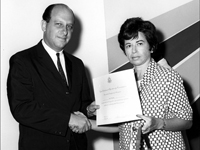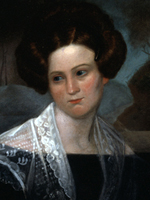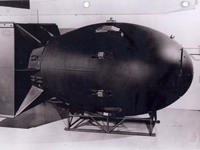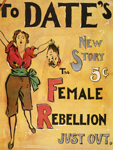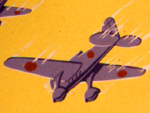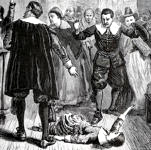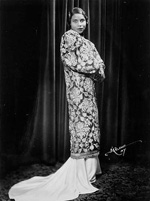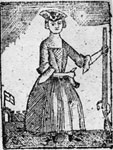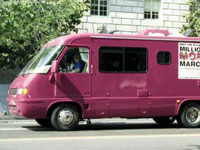Jewish American History on the Web
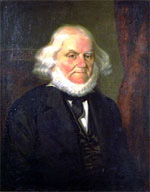
This privately maintained site offers a wide range of material on 19th-century Jewish history, including articles, documents, and religious essays. It makes available the text of The Occident and American Jewish Advocate from 1843 to 1850. The articles are searchable and visitors can browse the article indexes for each year. "Library" contains more than 60 essays and documents on Jews and Judaism, including an 1863 Catechism for Jewish Children. Additionally, the site offers the complete text of the 1845 Descriptive Geography and Brief Historical Sketch of Palestine; more than 50 articles on Jews in the Civil War, including some first-hand accounts of events and extracts from personal diaries; and several articles on Jews in the Old West. There are more than 450 links to other sites on Jewish history, Jews, and Judaism. A site of interest to those studying the history of Judaism and the Jewish people in 19th-century America.
